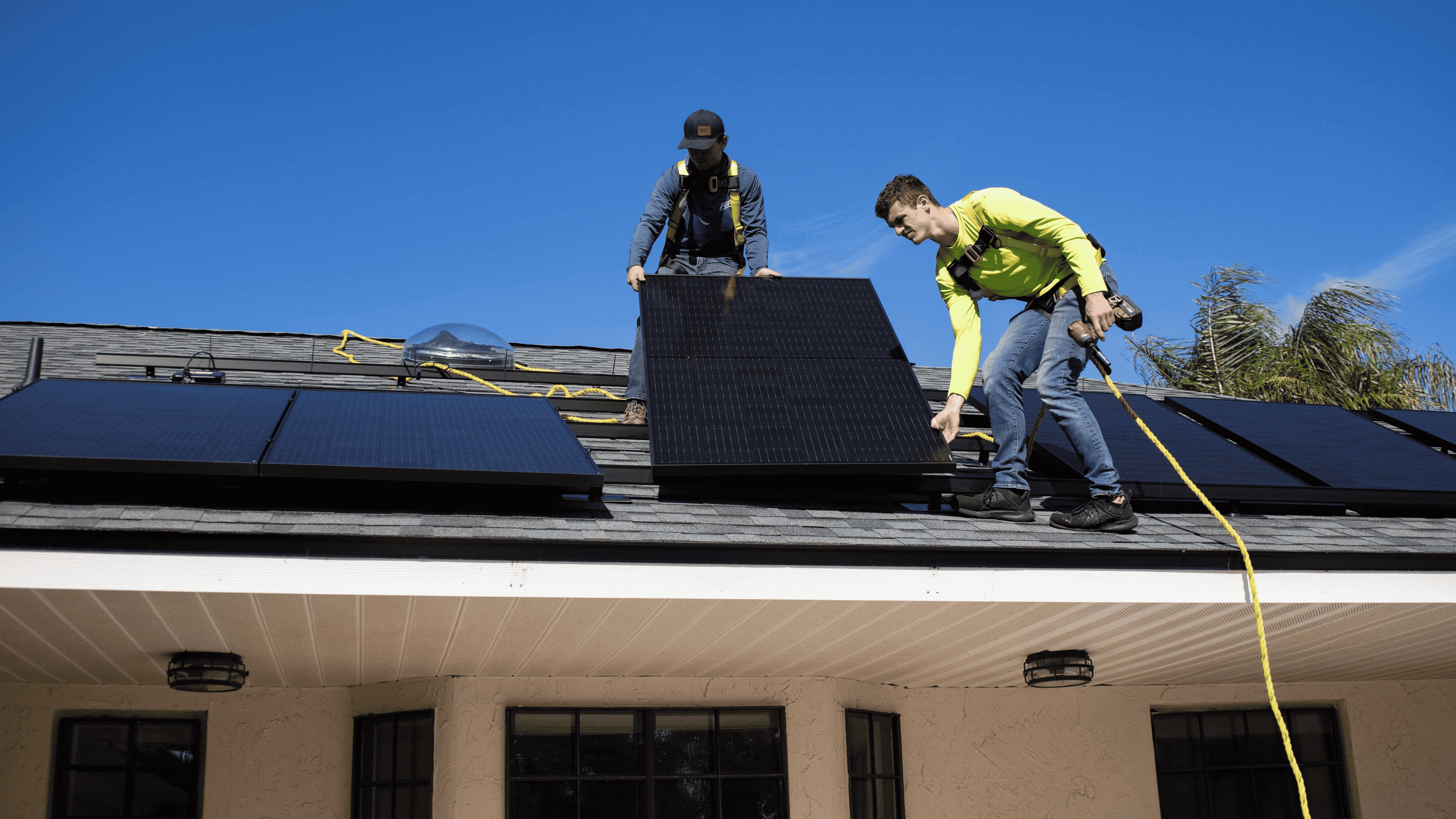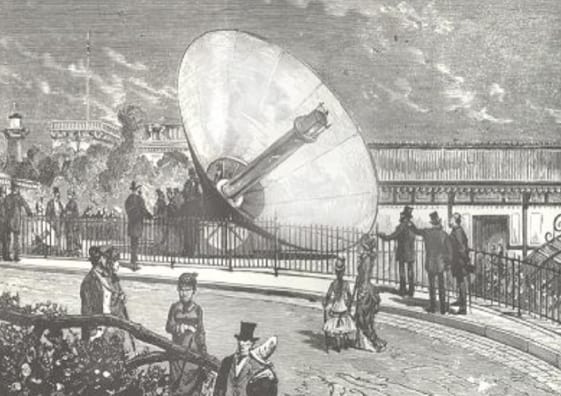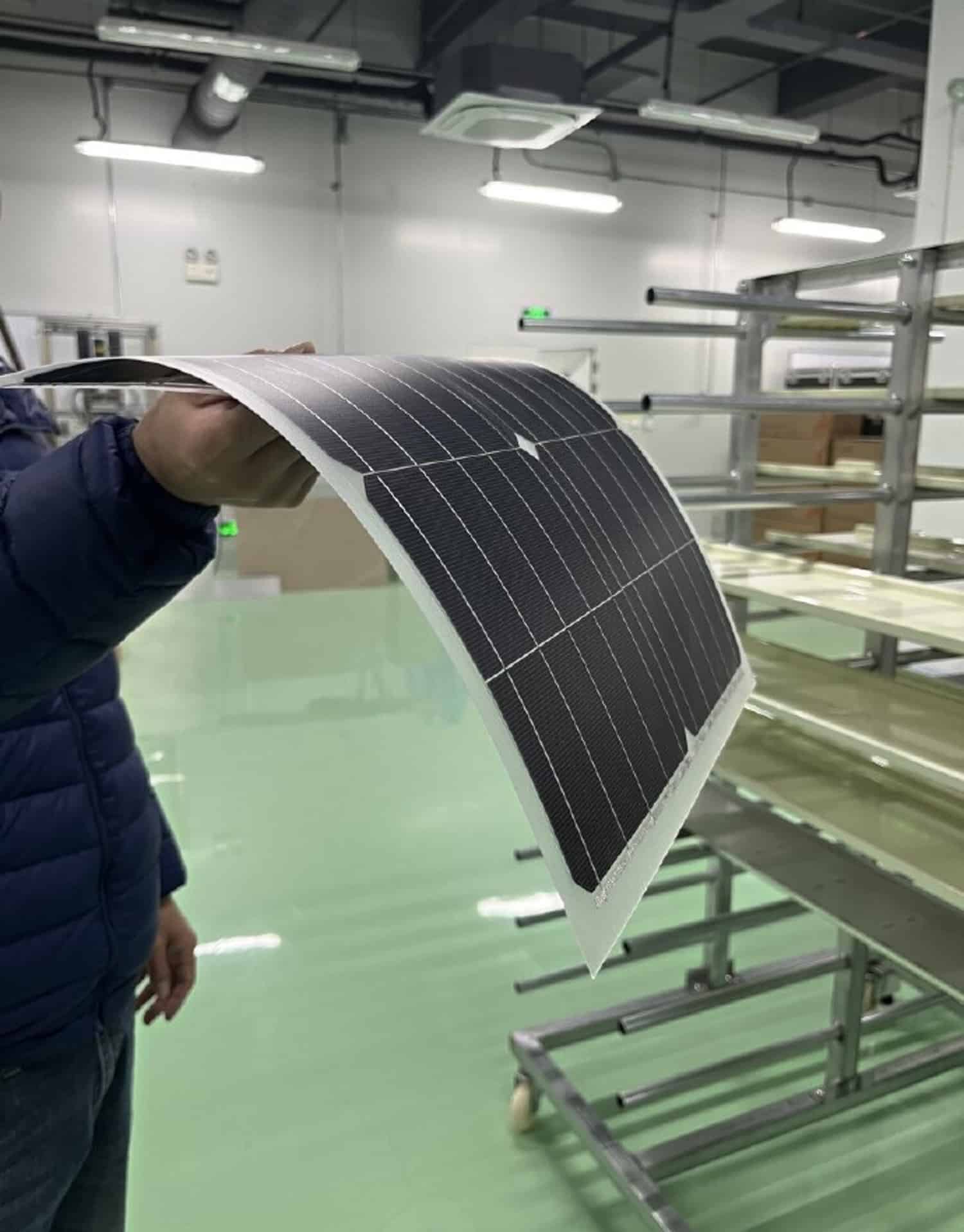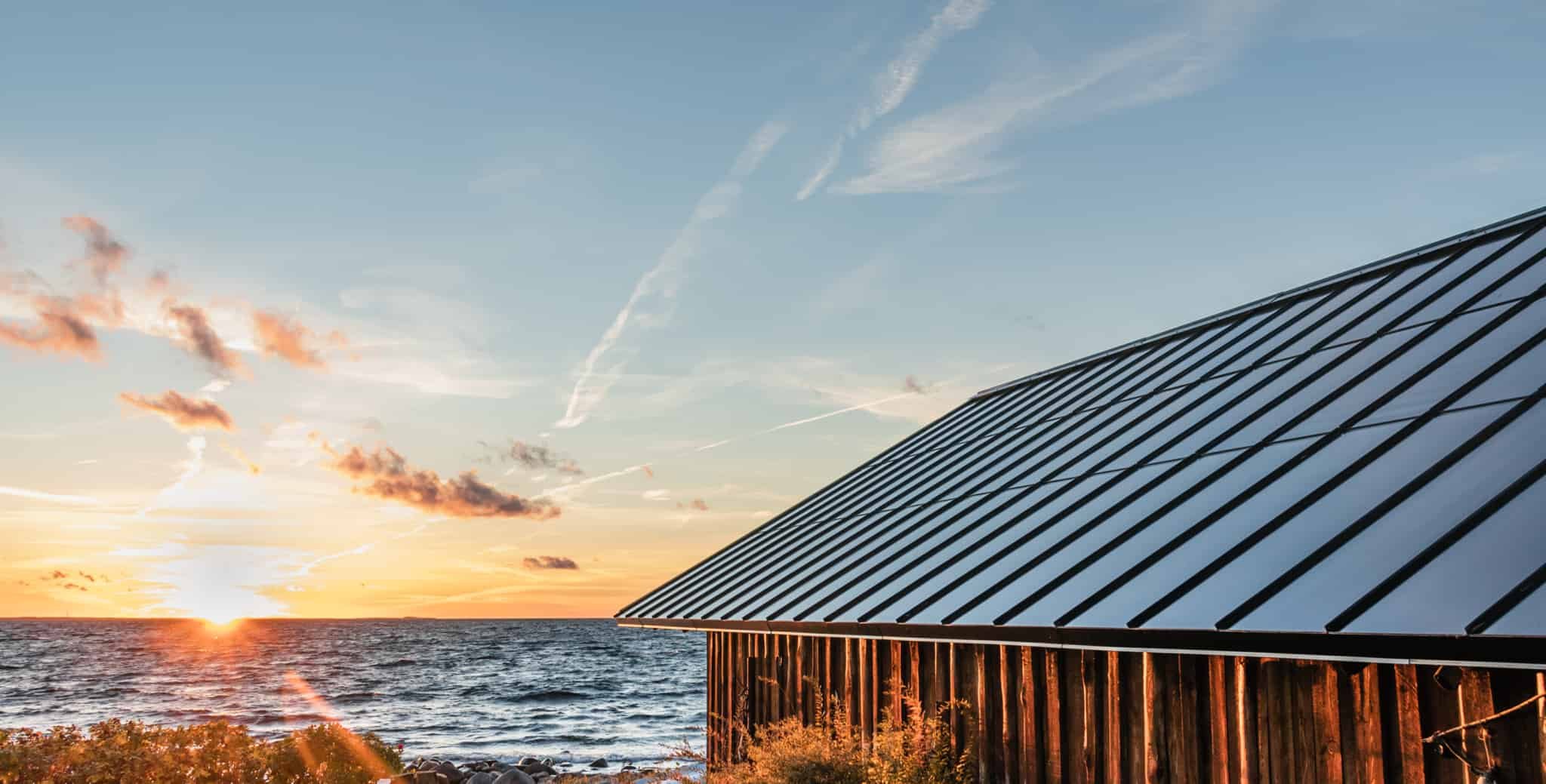
Solar panels are becoming more affordable, resulting in a construction transformation where buildings generate their own power with minimal extra costs. As the price of solar panels decreases, they are being integrated into buildings, making them more visually appealing and functional. Companies like Roofit.Solar offer integrated solar metal roofs, combining durability and aesthetics, while other innovations like see-through solar panels enable energy-producing windows. Solar highways are being developed and energy-efficient solar shingles are already available.
From add-on panels to integrated photovoltaics
The rapidly decreasing costs of solar panels are leading to a new era in building construction, where solar technology is integrated into the very fabric of buildings rather than being added on as an afterthought. This change has far-reaching implications for the aesthetics and functionality of buildings, as well as the potential for increased renewable energy generation in urban environments.
One such example of this shift in focus is the development of building-integrated photovoltaics (BIPV). BIPV replaces traditional building materials, like glass and roof shingles, with solar-integrated materials that serve dual purposes: generating electricity and providing insulation, noise reduction, and weather protection. This presents a myriad of opportunities for customization, design, and improved energy efficiency in buildings.
Disrupting the construction industry
As solar panels become more cost-effective, there is a growing trend towards integrating photovoltaics into various aspects of building construction. Solar windows, solar facades, and solar roofs are all BIPV options that can be installed during construction or retrofitting of buildings, transforming the way we think about traditional construction materials.
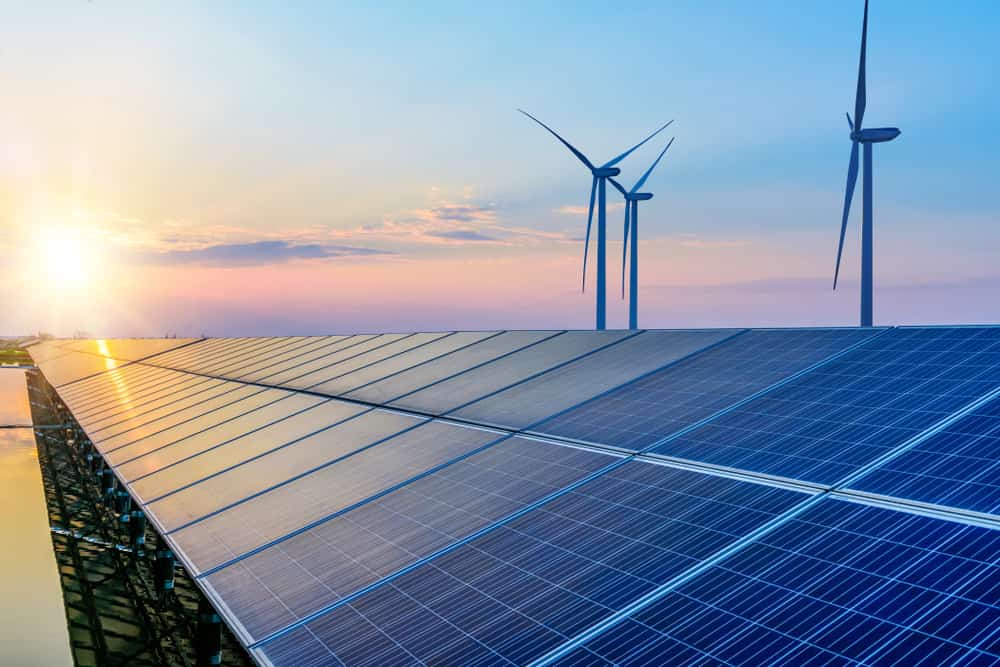
For instance, solar glass using photovoltaics can be used in fixed windows, punch windows, and curtain walls, among other applications. This innovative approach to construction not only generates clean energy but also enhances the aesthetic appeal of buildings.
Overcoming challenges and embracing opportunities
While the adoption of BIPV faces challenges such as high costs and lack of awareness among builders and businesses, recent interest in functionality has led to decreasing prices and increased affordability. Education on pricing programs and showcasing practical use towards net-zero energy building initiatives can help combat misconceptions and encourage the adoption of BIPV technology.

Moreover, technological advancements in energy efficiency and solar material transparency offer further opportunities for the broader adoption of BIPV in various applications. The construction industry must challenge traditional materials by demonstrating the efficiency and effectiveness of BIPV, paving the way for a new generation of sustainable and energy-efficient buildings.
Transforming urban environments
BIPV has the potential to revolutionize urban environments by integrating aesthetically appealing and energy-efficient photovoltaics into buildings and infrastructure. Examples of this transformative technology include semitransparent organic solar cells for power windows and façades, as well as solar shingles that blend seamlessly with roofs.
Furthermore, solar highways and energy-producing cycle paths are also being developed, demonstrating the versatility and potential of integrated solar technology. The shift towards integrating solar panels into the very fabric of our built environment will not only help achieve climate goals but also redefine our relationship with renewable energy sources in everyday life.


